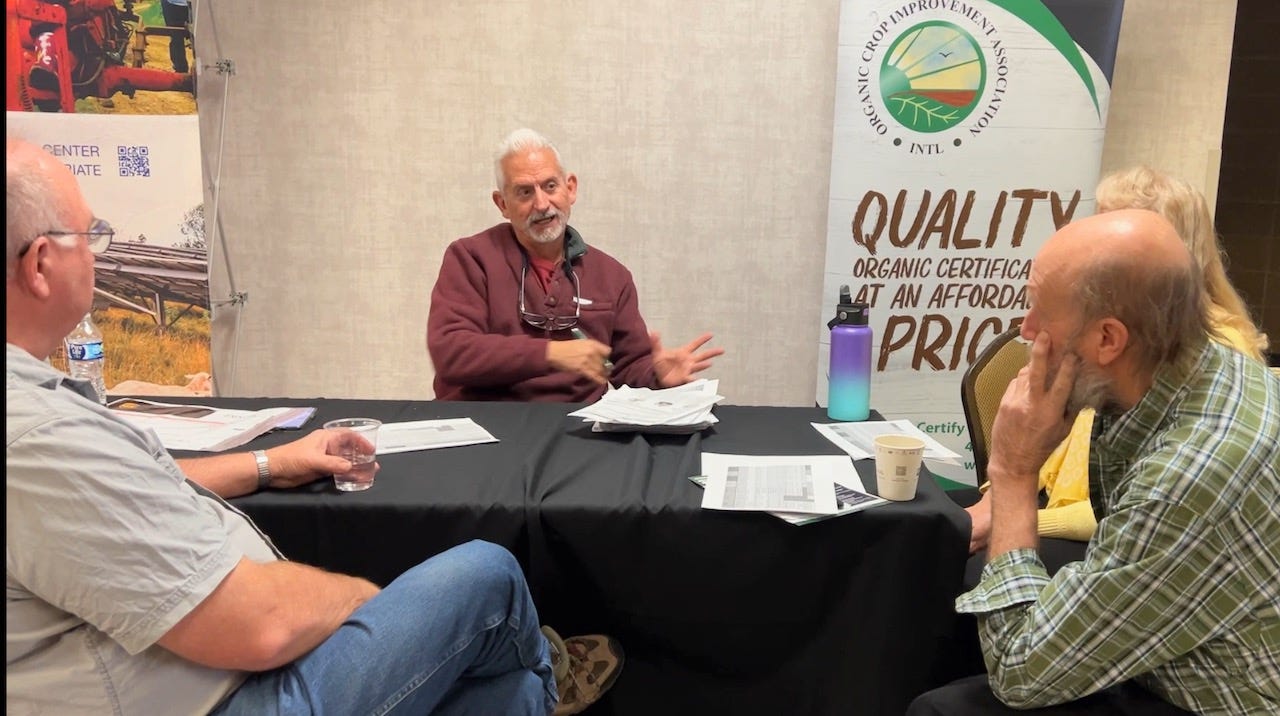Regenerative farming practices imitate nature, soil scientist says
Expert: 'In farming, we need to look at renewing relationships with the earth,' expert says

The message from one of the keynote speakers at the Northern Plains Sustainable Ag Society Food & Farming Conference in Aberdeen was clear — be open to change and emulate nature.
“So why did I buy a ranch after retiring from 30 years in government?” Ray Archuleta asked at the conference in late January. “I wanted to beat the expert out of me. It’s easy to give technical advice, but when you lose sheep or have a crop failure and you feel the pain of the producer, it’s a totally different story.”
In the last 18 months, Archuleta, who has more than 30 years of experience as a soil conservationist, traveled to six continents and has been to every state teaching regenerative agriculture.
“We used to say we were teaching soil health. Now it is regenerative agriculture,” he said.
He defined the concept by saying, “Regenerative Agriculture starts with a renewal of the human heart and mind. It’s a new way of thinking that loves, nurtures and emulates the creator’s intelligent design. Life is always changing; the planet renews itself every day. In farming, we need to look at renewing relationships with the earth no matter whether that is with conventional, organic or no-till farming practices.”
Keep reading with a 7-day free trial
Subscribe to The Dakota Scout to keep reading this post and get 7 days of free access to the full post archives.











